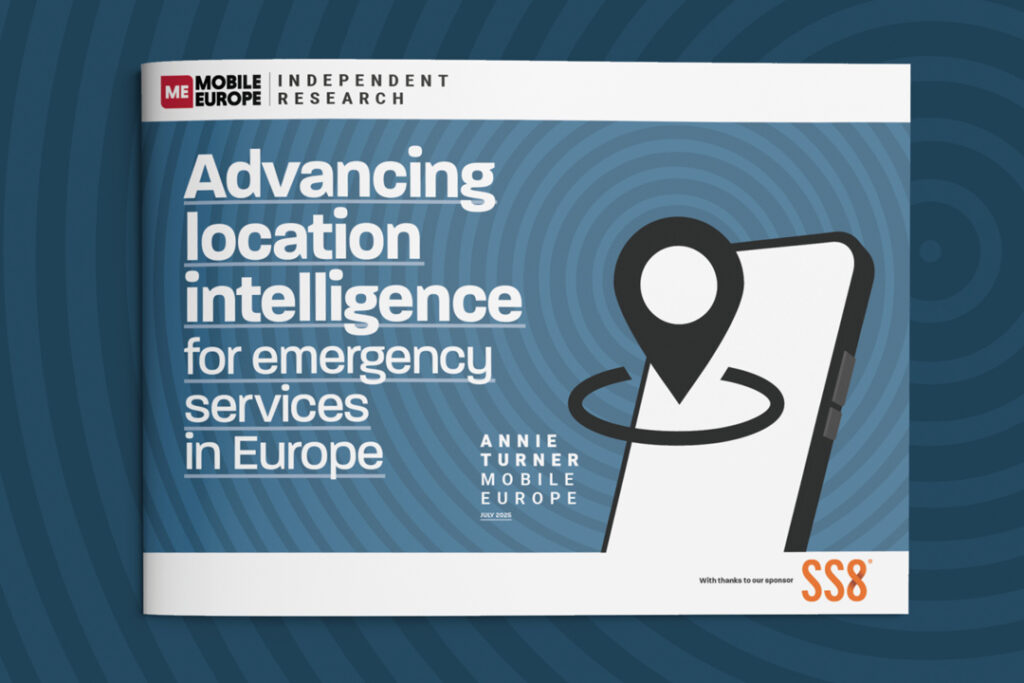Joint effort by LoRa Alliance members and regulators secures approval, enabling broader deployment of low-power IoT applications across Europe
LoRaWAN, the standard for the IoT low-power wide-area networks (LPWANs) often gets overshadowed by mobile IoT technologies like NB-IoT and LTE-M, particularly in discussions led by mobile network operators, major vendors and national policy agendas. However, is is a complementary technology and the LoRa Alliance has secured a good win with the Electronic Communications Committee (ECC) of CEPT officially approving the Decision ECC DEC(25)02, confirming the regulatory framework enabling satellite-to-low power device communication with satellites (LPD-S) communications within the short-range device (SRD) 862-870MHz frequency band in Europe.
The LoRa Alliance described the decision as landmark saying it marks a significant advancement in enabling innovative satellite-based LPWAN IoT solutions, particularly LoRaWAN, across Europe. The approval is the result of a years-long collaboration between the LoRa Alliance and European regulators. The new regulations establish clear guidelines for the use of SRD spectrum by satellite systems communicating with LPD-S terminals on the ground.
It is expected to facilitate the deployment of satellite services designed to support LoRaWAN applications in areas such as logistics, agriculture, environmental monitoring, and remote asset management.
Operator positions
Several European operators have integrated LoRaWAN into their IoT strategies, though their approaches vary. Orange and Proximus have deployed nationwide LoRaWAN networks and offer both public and private LoRaWAN services for industries like utilities and logistics. KPN remains committed to its nationwide LoRaWAN network, supporting a wide range of applications.
Swisscom provides both managed and private LoRaWAN solutions targeting enterprises and municipal use. Deutsche Telekom, while primarily focused on cellular IoT technologies like NB-IoT and LTE-M, has included LoRaWAN in its enterprise IoT offerings through integration with platforms like The Things Network, with service delivery often handled by T-Systems.
In contrast, Vodafone and Telefónica have prioritised licensed-spectrum IoT technologies and do not seem to be actively promoting LoRaWAN in their current service portfolios.
Broadening the market
The key takeaway is that LoRaWAN is finding its niche is an expanding IoT market so satellite connectivity is a pretty important step. “Advocating for LoRaWAN technology and spectrum access is one of the Alliance’s main objectives,” said LoRa Alliance CEO Alper Yegin. “Maintaining open and available frequency bands is key to our members’ ability to build businesses based on the open LoRaWAN wide area networking standard.
He added: “It is validating to have a formal regulatory framework in place to guide future deployments. We extend our thanks to our members who have tirelessly advocated to secure this formal regulatory framework, ensuring broad access for satellite IoT solutions.”
Decision highlights
Satellite-to-LPDS communications are now harmonised in the 862-870MHz SRD band. The framework ensures coexistence with existing terrestrial SRD users while opening new avenues for non-terrestrial network (NTN) deployments.
“This is a crucial step toward fostering innovation in the growing IoT sector. By enabling LPD-S devices to communicate with satellites within harmonised SRD spectrum, we unlock new possibilities for a wide range of technologies for reliable, low-power connectivity – even in remote or underserved regions,” said ECC chairwoman Chris Seifert.
“The LoRa Alliance thanks all regulators from the ECC for their prompt actions and decisions enabling LPD-S devices to communicate with satellite within the harmonised SRD 862-870MHz band,” said LoRa Alliance regulatory working group chair and chairman of the board Olivier Beaujard. “The decision unlocks new opportunities for reliable, low-power LoRaWAN applications regardless of geographic location or deployed terrestrial infrastructure.”
Expanding celliular IoT market
As LoRaWAN looks set to grow on the back of this standards move, the overall IoT market is also moving along – although despite the number of connections burgeoning, the revenues are never going to set up operators for life. A new report from the IoT market research firm Berg Insight says that global IoT connectivity revenues increased 12 percent to reach €14.2 billion in 2024. The monthly ARPU dropped 5 percent to €0.33. IoT connectivity revenues account for 1-4 percent of service revenues for the largest mobile operator groups.
By 2029, Berg Insight projects that there will be 6.4 billion IoT devices connected to cellular networks worldwide, generating annual connectivity revenues of €22.4 billion. The top ten mobile operators reported a combined active base of 3.3 billion cellular IoT connections at the end of 2024, accounting for 86 percent of the total 3.8 billion connections – with Chinese operators leading the pack.
Vodafone ranked first among the Western operators and fourth overall with 204 million connections, followed by AT&T with 143 million in fifth place. Deutsche Telekom and Verizon had in the range of 56-60 million cellular IoT connections each. KDDI, Telefónica and Orange were the last players in the top ten with about 49 million, 45 million and 37 million connections respectively. The installed bases of the largest mobile operators grew at a rate of 5-26 percent annually.
Managed IoT providers
IoT managed service providers also play a role as intermediaries within the connectivity ecosystem. The majority function as full MVNOs, delivering IoT connectivity through hybrid arrangements that combine roaming partnerships with local network access agreements. Many also provide specialised value-added services tailored to specific industry verticals.
The sector includes established players such as 1GLOBAL, 1NCE, Aeris, BICS, CSL Group, Cubic, emnify, Eseye, floLIVE, Giesecke+Devrient, KORE, Monogoto, Onomondo, Semtech, Soracom, Tata Communications, Teal, Telit Cinterion, Velos IoT, and Wireless Logic. Collectively, these providers managed over 200 million cellular IoT connections by the end of 2024, generating approximately €1.8 billion in combined annual revenues.



